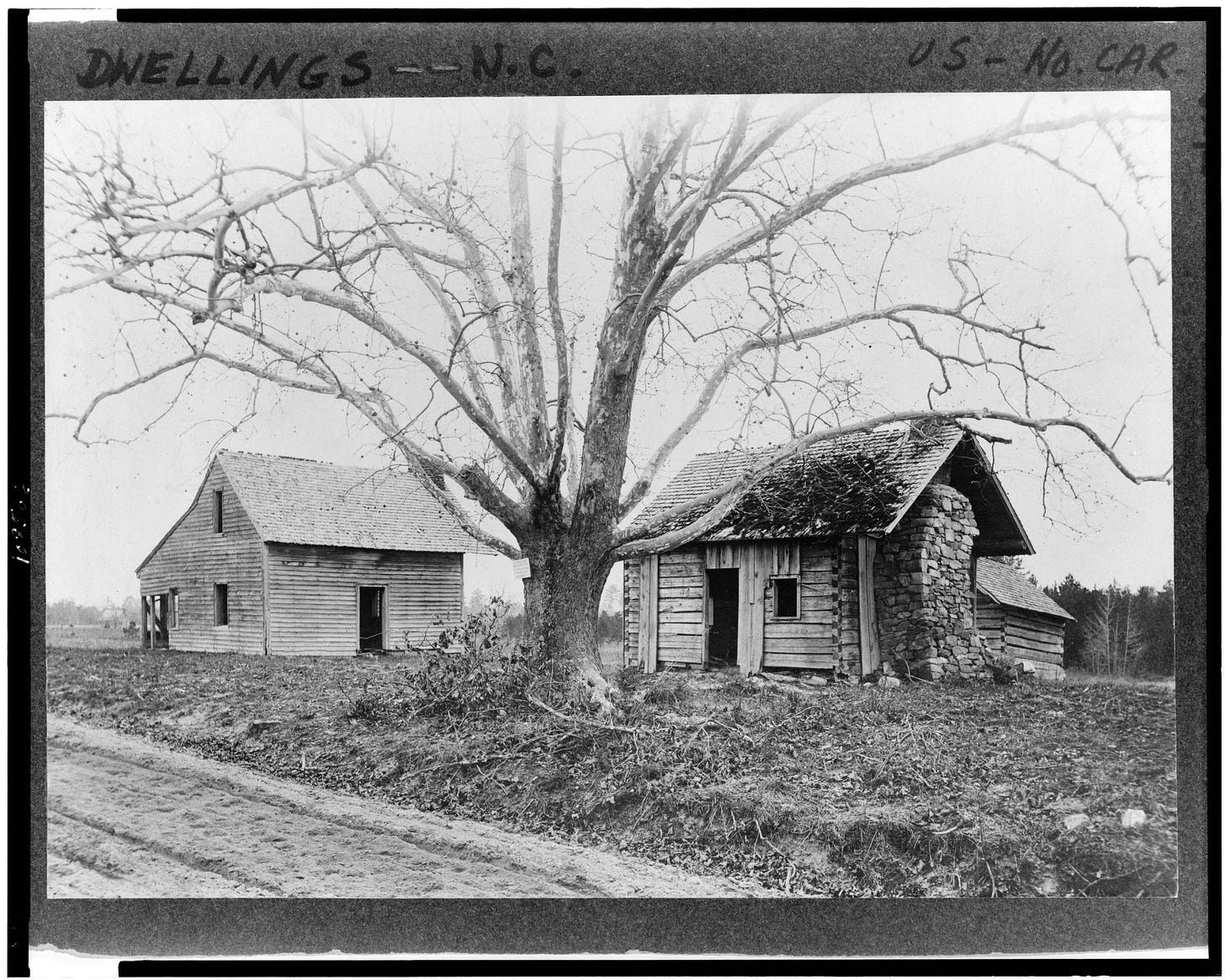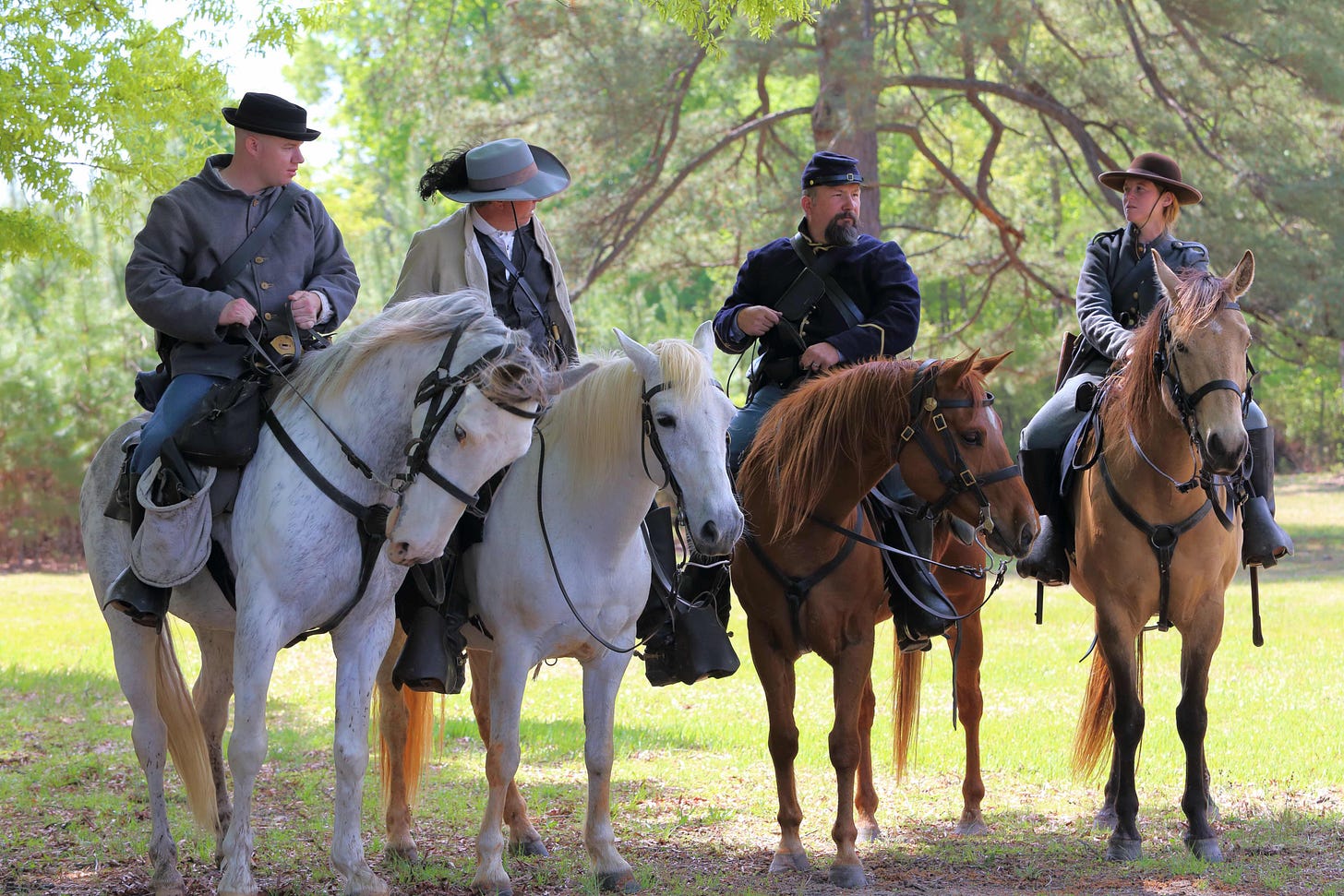The Bennett Place Surrender
It happened 160 years ago under a flag of truce at a modest North Carolina farmhouse

The Bennett Place Surrender took place almost exactly 160 years ago in what is now considered Durham, North Carolina, on April 26, 1865. This week’s email explores this historic American Civil War event and the preserved site honoring its importance in our nation’s history.
The Bennett Place Surrender
April 26, 1865
Confederate General Robert E. Lee’s Army of Northern Virginia was the Confederacy’s most prominent and successful army during the American Civil War. It played a central role in many of the war’s most famous battles. It stood to reason, therefore, that Lee’s surrender to Union General Ulysses S. Grant on April 9, 1865, at the Appomattox Court House in Virginia, marked the beginning of the war’s end.
Following this event, Confederate General Joseph E. Johnston, who commanded the Army of Tennessee, recognized the Confederacy’s collapse was imminent, so he met with Union General William T. Sherman to negotiate a surrender. At the point of surrender, his command was expanded to cover Confederate forces in the Carolinas, Georgia, and Florida. Initially, the men agreed to political and military terms, but those terms were rejected by the U.S. government.





